Home>Gardening & Outdoor>Landscaping Ideas>How To Care For Pet Grass
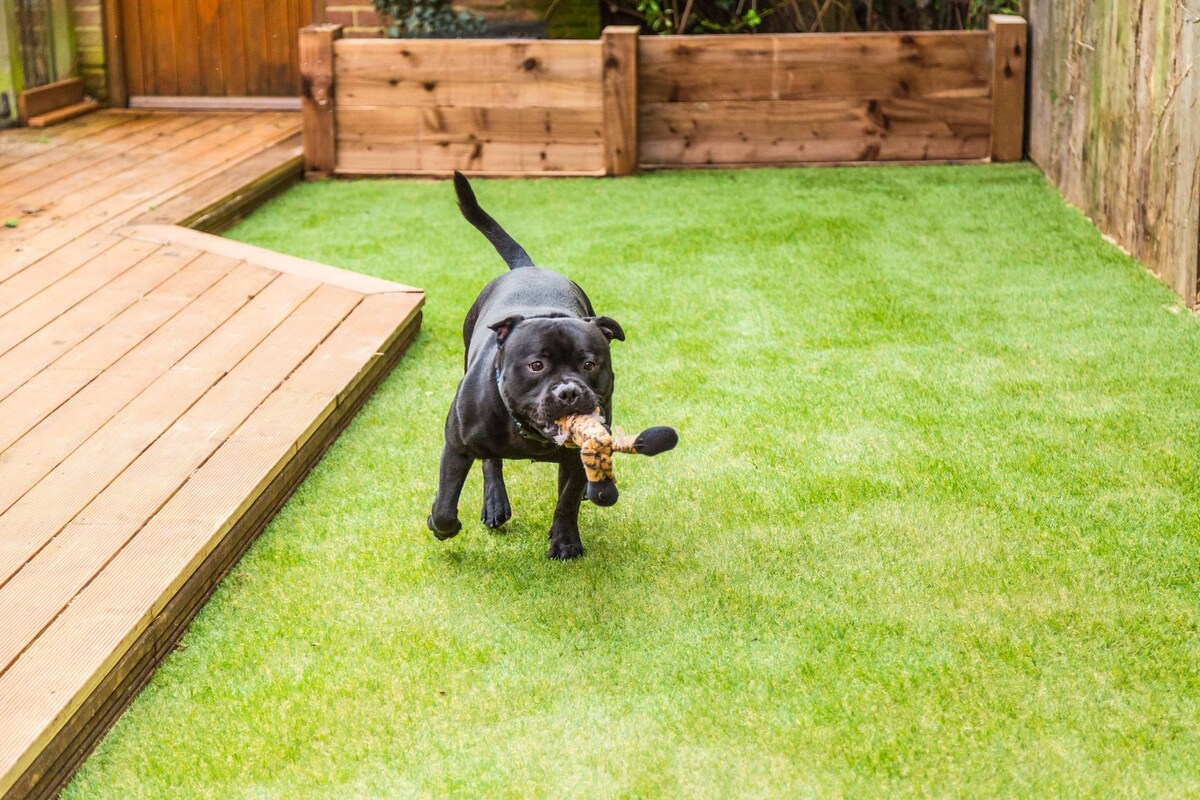

Landscaping Ideas
How To Care For Pet Grass
Modified: February 18, 2024
Discover essential tips for caring for pet grass in your landscaping ideas. Learn how to maintain a healthy and lush pet-friendly outdoor space.
(Many of the links in this article redirect to a specific reviewed product. Your purchase of these products through affiliate links helps to generate commission for Storables.com, at no extra cost. Learn more)
Introduction
Welcoming a pet into your home brings immense joy and companionship. As a responsible pet owner, you strive to provide the best care for your furry friend, ensuring their well-being and happiness. One crucial aspect of pet care often overlooked is the provision of pet grass. This often overlooked aspect of pet care can significantly impact your pet's health and happiness.
Pet grass, also known as cat grass or dog grass, serves as a natural and beneficial addition to your pet's environment. It offers a myriad of advantages, including aiding digestion, providing essential nutrients, and serving as a safe alternative to outdoor grass, especially for indoor pets.
In this comprehensive guide, we will delve into the art of caring for pet grass, offering valuable insights into selecting the right grass for your pet, planting and nurturing it, and addressing common issues that may arise. By the end of this journey, you will be equipped with the knowledge and expertise to ensure the thriving health of your pet grass and, in turn, the well-being of your beloved companion. Let's embark on this green and enriching adventure together.
Key Takeaways:
- Provide the right grass for your pet – wheatgrass, oat grass, or rye grass for cats, and barley grass, wheatgrass, or oat grass for dogs. Ensure it’s safe, nutritious, and free from harmful chemicals.
- Nurturing pet grass requires proper watering, fertilizing, trimming, and troubleshooting. Maintain a delicate moisture balance, use pet-safe fertilizers, trim regularly, and address common issues promptly for a thriving pet grass bed.
Read more: How To Grow Pet Grass
Choosing the Right Grass for Your Pet
When it comes to selecting the ideal grass for your pet, it’s essential to consider your pet’s species and their individual needs. Cats and dogs, the most common pets, have differing preferences and requirements when it comes to grass.
For Cats:
- Opt for a variety of grass that is safe and appealing for cats, such as wheatgrass, oat grass, or rye grass. These grasses are not only safe for feline consumption but also provide essential nutrients that aid in digestion and overall well-being.
- Consider the growth habits of the chosen grass. Cats often enjoy nibbling on grass, so selecting a variety that regrows quickly after being trimmed is beneficial.
- Ensure that the selected grass is free from pesticides and other harmful chemicals, as cats are sensitive creatures that may react negatively to such substances.
For Dogs:
- Choose a grass variety that is safe for canine consumption and offers nutritional benefits. Barley grass, wheatgrass, and oat grass are popular choices for dogs.
- Consider the durability of the grass, especially if you have a larger breed or an active dog that may engage in rougher play. Opt for a hardy grass variety that can withstand some level of activity without getting damaged.
- Take into account any potential allergic reactions your dog may have to certain grass types. If your pet has a history of grass-related allergies, consult with a veterinarian to identify a suitable grass variety.
Regardless of your pet’s species, it’s crucial to ensure that the chosen grass is free from toxic elements and is specifically cultivated for pet consumption. Many pet supply stores offer pre-grown grass kits designed for cats and dogs, providing a convenient and safe option for pet owners.
By carefully selecting the right grass for your pet, you can create a nurturing and enriching environment that supports their health and happiness, while also adding a touch of natural beauty to your home.
Planting and Growing Pet Grass
Once you’ve selected the ideal grass for your pet, it’s time to embark on the rewarding journey of planting and nurturing it to ensure lush and healthy growth. Whether you opt for a DIY approach or purchase a pre-grown grass kit, the process of planting and growing pet grass requires attention to detail and a sprinkle of nurturing care.
Planting Process:
- Container Selection: Choose a suitable container for planting the grass. This could be a shallow tray, a pot, or a specialized grass-growing container, depending on the quantity of grass you intend to grow and the space available.
- Soil Preparation: Ensure the soil or growing medium is well-draining and suitable for the chosen grass variety. If using a pre-grown grass kit, follow the provided instructions for soil preparation.
- Seeding or Planting: Scatter the grass seeds evenly over the soil, ensuring adequate coverage without overcrowding. If using a pre-grown kit, simply place the pre-planted container in a suitable location.
- Light and Temperature: Position the planted container in a well-lit area with ample natural light. Different grass varieties have specific light and temperature requirements, so be sure to research and cater to these needs accordingly.
Growing and Nurturing:
- Watering: Keep the soil consistently moist but not waterlogged. Avoid overwatering, as this can lead to mold growth and other issues. Use a spray bottle or gentle watering can to dampen the soil surface.
- Monitoring Growth: Observe the grass as it begins to sprout and grow. Ensure that it receives adequate light and warmth, and make adjustments as needed to promote healthy growth.
- Trimming and Maintenance: Once the grass reaches a sufficient height, it may benefit from gentle trimming to promote denser growth and prevent it from becoming overly long and unkempt.
By following these planting and growing guidelines, you can cultivate a thriving bed of pet grass that not only enhances your pet’s environment but also adds a touch of natural beauty to your living space. The process of nurturing the grass from seed or sapling to a lush green expanse is a gratifying experience that deepens the bond between you and your pet.
Watering and Fertilizing
Proper watering and fertilizing are essential aspects of maintaining healthy and vibrant pet grass. These practices contribute to the overall well-being of the grass, ensuring that it remains lush, nutrient-rich, and appealing to your pet. By understanding the watering and fertilizing needs of pet grass, you can create an environment that fosters optimal growth and vitality.
Watering Guidelines:
Consistent and mindful watering is crucial for the well-being of pet grass. Here are some guidelines to consider:
- Moisture Balance: Maintain a delicate balance of moisture in the soil. Avoid allowing the soil to dry out completely, as this can lead to wilting and stunted growth. On the other hand, refrain from overwatering, which can lead to waterlogged soil and potential mold growth.
- Watering Frequency: Depending on the grass variety and environmental conditions, you may need to water the grass every 1-3 days. Monitor the moisture level of the soil and adjust the watering frequency as needed.
- Watering Method: Use a gentle watering can or a spray bottle to dampen the soil surface, ensuring even distribution of water without causing disturbance to the grass seeds or roots.
Fertilizing Practices:
While pet grass may derive some nutrients from the soil and water, additional fertilization can contribute to its overall health and vitality. Here are key points to consider when fertilizing pet grass:
- Choosing the Right Fertilizer: Select a pet-safe and non-toxic fertilizer suitable for the chosen grass variety. Avoid chemical-laden fertilizers that may be harmful to your pet if ingested.
- Fertilizing Schedule: Follow a consistent fertilizing schedule, typically every 2-4 weeks, to provide the grass with essential nutrients for robust growth. Be mindful not to over-fertilize, as this can lead to excessive foliage growth and potential nutrient imbalances.
- Application Method: Apply the fertilizer according to the manufacturer’s instructions, ensuring even distribution and minimal contact with the grass blades to prevent any potential adverse effects.
By adhering to these watering and fertilizing practices, you can nurture thriving pet grass that not only enhances your pet’s well-being but also enriches the aesthetic appeal of your home environment. Consistent care and attention to watering and fertilizing contribute to the overall health and vibrancy of the grass, providing a natural and beneficial element for your pet to enjoy.
Water your pet grass regularly, but be careful not to overwater. Keep the soil moist, but not waterlogged, to promote healthy growth.
Trimming and Maintenance
Regular trimming and maintenance are essential for ensuring the health, aesthetics, and longevity of pet grass. By incorporating proper trimming techniques and consistent maintenance practices, you can promote denser growth, prevent the grass from becoming overgrown, and maintain a visually appealing and pet-friendly environment.
Trimming Guidelines:
- Timing: As the grass reaches a height of 3-4 inches, it is generally time for a trim. This prevents the grass from becoming overly long and minimizes the risk of it becoming unmanageable for your pet.
- Technique: Use clean, sharp scissors or gardening shears to trim the grass to the desired height. Ensure that the cuts are made cleanly to avoid damaging the remaining foliage.
- Frequency: Depending on the growth rate of the grass and your pet’s consumption habits, trimming may be required every 1-2 weeks to maintain an optimal height for your pet’s enjoyment.
Maintenance Practices:
- Removing Debris: Regularly inspect the grass for any debris, such as fallen leaves or pet hair, and gently remove them to maintain a clean and inviting space for your pet.
- Aerating the Soil: Use a small fork or aerating tool to gently loosen the soil surface, promoting healthy airflow and nutrient absorption for the grass roots.
- Monitoring for Pests: Keep an eye out for any signs of pests or insects that may affect the grass. Address any pest-related issues promptly to prevent damage to the grass bed.
By adhering to these trimming and maintenance practices, you can create an environment that supports the optimal growth and appeal of pet grass. The act of tending to the grass through regular trimming and maintenance not only benefits your pet but also provides a fulfilling and nurturing experience for you as a pet owner.
Read more: How To Install Turf For Pets
Common Issues and Troubleshooting
While caring for pet grass can be a rewarding experience, it’s essential to be aware of potential issues that may arise during the nurturing process. By understanding common challenges and implementing effective troubleshooting strategies, you can ensure the continued health and vitality of your pet grass.
Common Issues:
- Yellowing or Browning: Discoloration of the grass blades may indicate issues such as overwatering, underwatering, nutrient deficiencies, or inadequate light. Addressing the underlying cause is essential to restore the grass’s vibrancy.
- Mold or Mildew Growth: Excessive moisture or poor air circulation can lead to mold or mildew development on the soil surface. Adjusting the watering frequency and enhancing ventilation can mitigate this issue.
- Pest Infestation: Insects and pests may pose a threat to the health of pet grass. Keep an eye out for signs of infestation and take appropriate measures to eliminate the pests while safeguarding the grass.
- Uneven Growth: Inconsistent growth patterns may stem from factors such as inadequate light exposure, irregular watering, or soil compaction. Identifying the root cause can help promote more uniform growth.
Troubleshooting Strategies:
- Adjusting Watering Practices: Fine-tune the watering frequency and volume based on the specific needs of the grass variety and the prevailing environmental conditions.
- Enhancing Air Circulation: If mold or mildew is a concern, improve air circulation around the grass bed by repositioning it in a well-ventilated area or using a gentle fan to promote airflow.
- Introducing Natural Predators: For pest control, consider introducing natural predators such as beneficial insects or using pet-safe pest control methods to manage infestations without harming the grass or your pet.
- Addressing Nutritional Needs: If nutrient deficiencies are suspected, consider adjusting the fertilization schedule or using organic soil amendments to enrich the soil and support healthy growth.
By proactively addressing common issues and implementing effective troubleshooting strategies, you can maintain a flourishing bed of pet grass that serves as a source of enrichment and well-being for your pet. The ability to identify and resolve challenges contributes to a harmonious and nurturing environment for both you and your beloved companion.
Conclusion
Caring for pet grass is a fulfilling and enriching endeavor that not only benefits your pet’s health but also adds a touch of natural beauty to your home. Through the careful selection of the right grass variety, dedicated planting and nurturing, and consistent maintenance, you can create an environment that supports the well-being and happiness of your beloved companion.
By providing pet grass, you offer your pet a safe and enjoyable outlet for natural behaviors such as grazing and exploring, all while promoting digestive health and overall vitality. The act of tending to the grass, from planting and watering to trimming and troubleshooting, fosters a deeper connection between you and your pet, enhancing the bond and mutual well-being.
As you embark on this green journey, remember that challenges may arise, but with knowledge and attentiveness, these hurdles can be overcome. By addressing common issues and implementing effective troubleshooting strategies, you can ensure the continued health and vibrancy of your pet grass, creating a nurturing and inviting space for your pet to thrive.
Ultimately, the presence of pet grass in your home represents a commitment to providing a holistic and enriching environment for your pet. It is a testament to your dedication as a pet owner, reflecting your desire to create a space where your pet can flourish and find joy in the simple pleasures of nature.
As you witness your pet delight in the lush greenery you’ve cultivated, you’ll find that the effort and care invested in nurturing pet grass are rewarded many times over in the form of a happy, healthy, and contented companion.
Frequently Asked Questions about How To Care For Pet Grass
Was this page helpful?
At Storables.com, we guarantee accurate and reliable information. Our content, validated by Expert Board Contributors, is crafted following stringent Editorial Policies. We're committed to providing you with well-researched, expert-backed insights for all your informational needs.
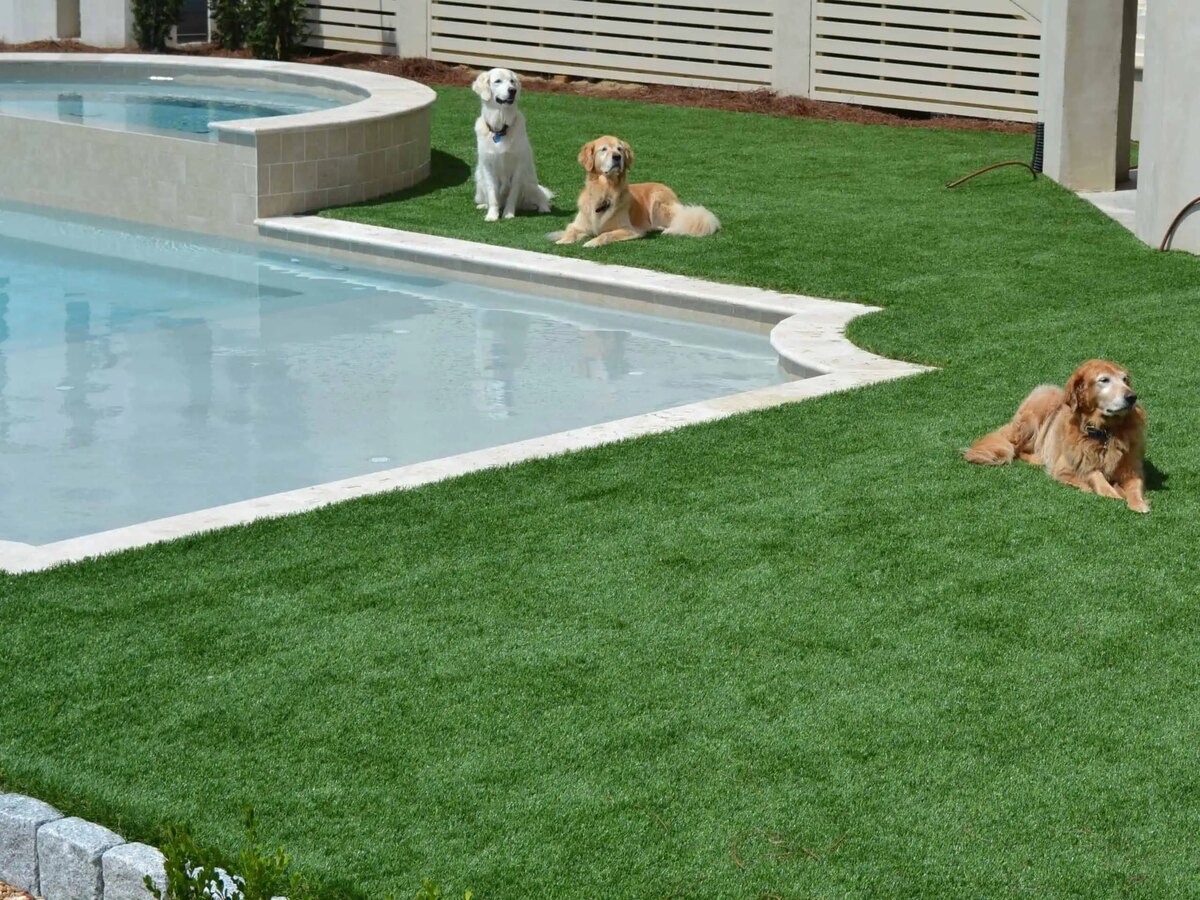
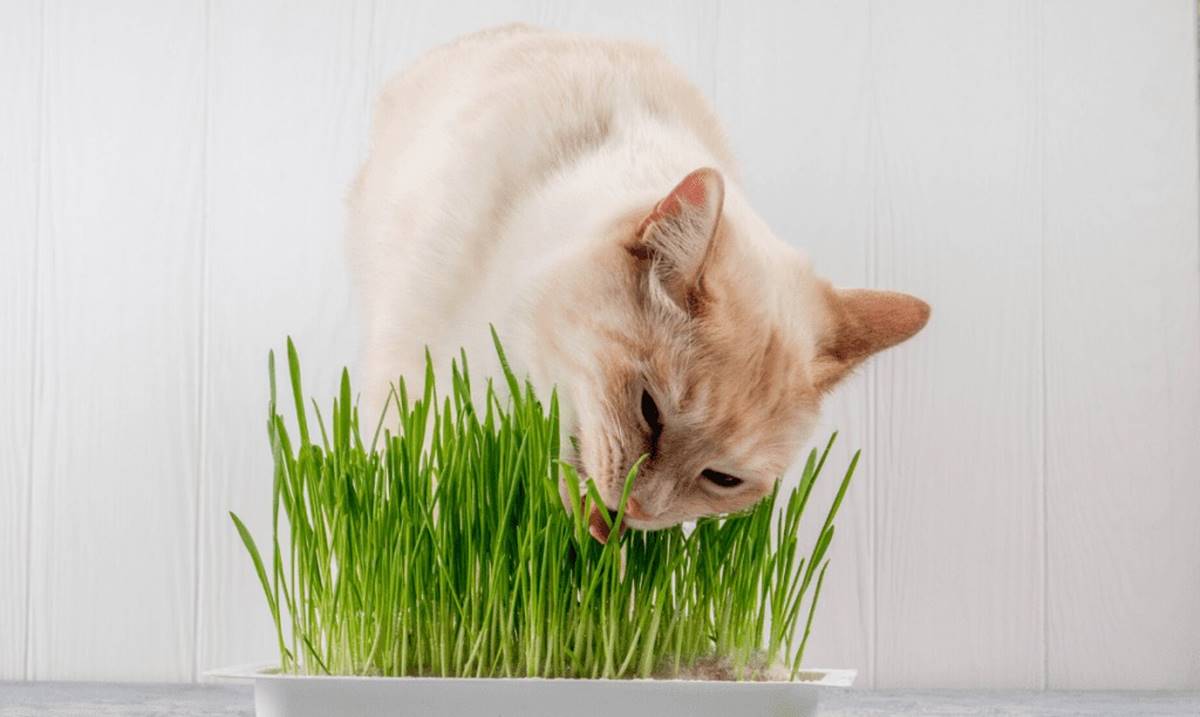
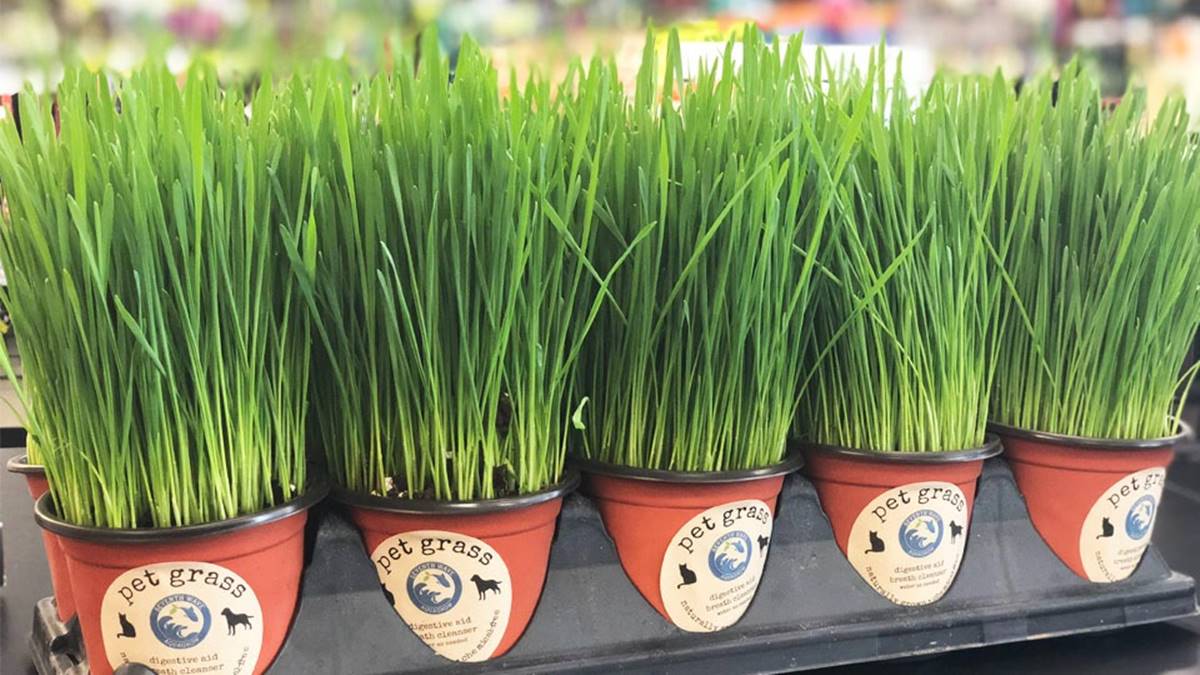
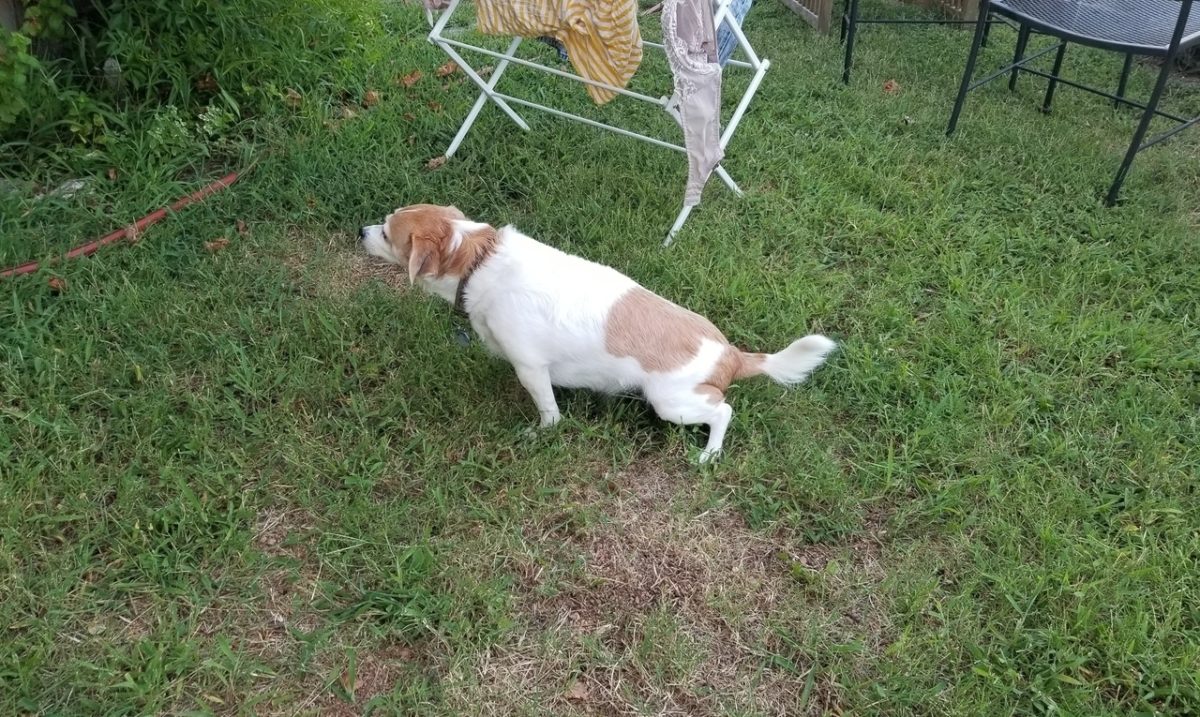
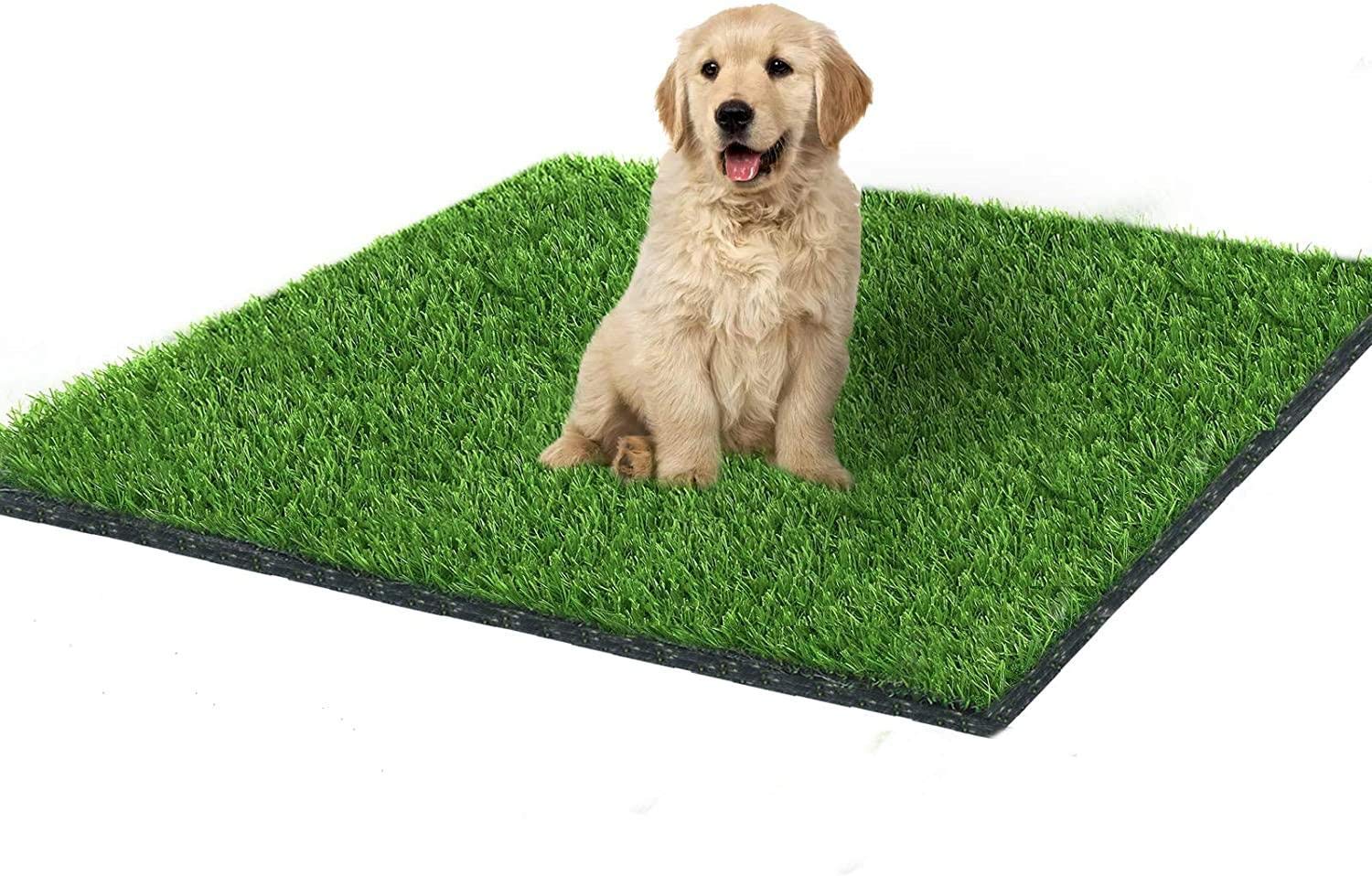
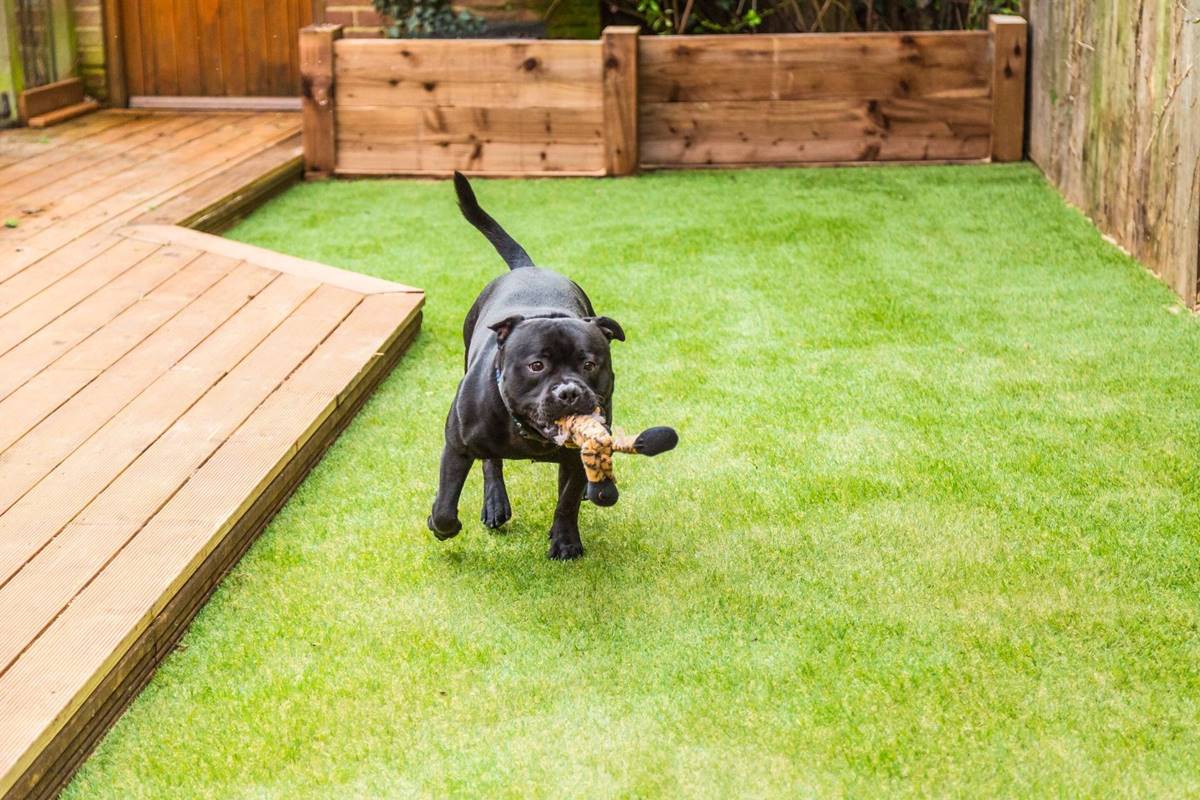
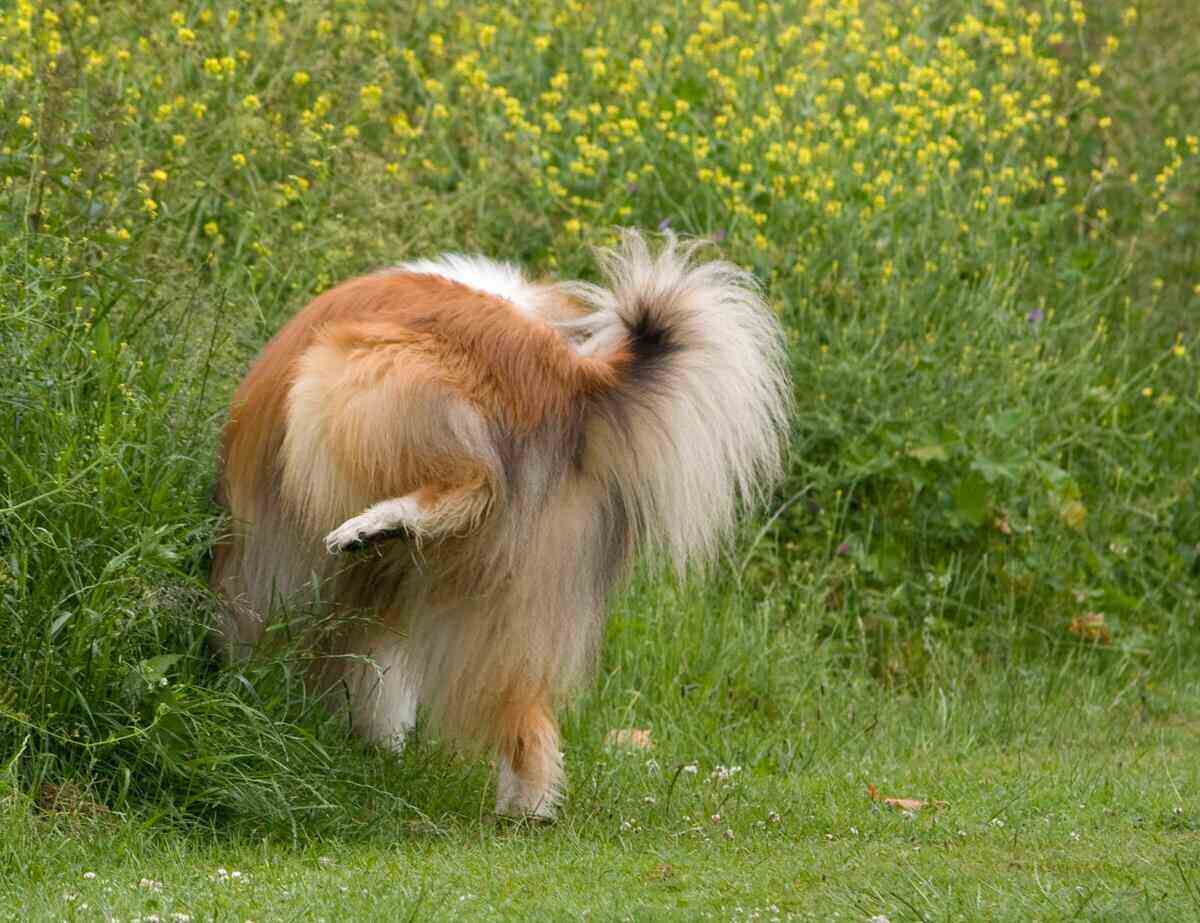
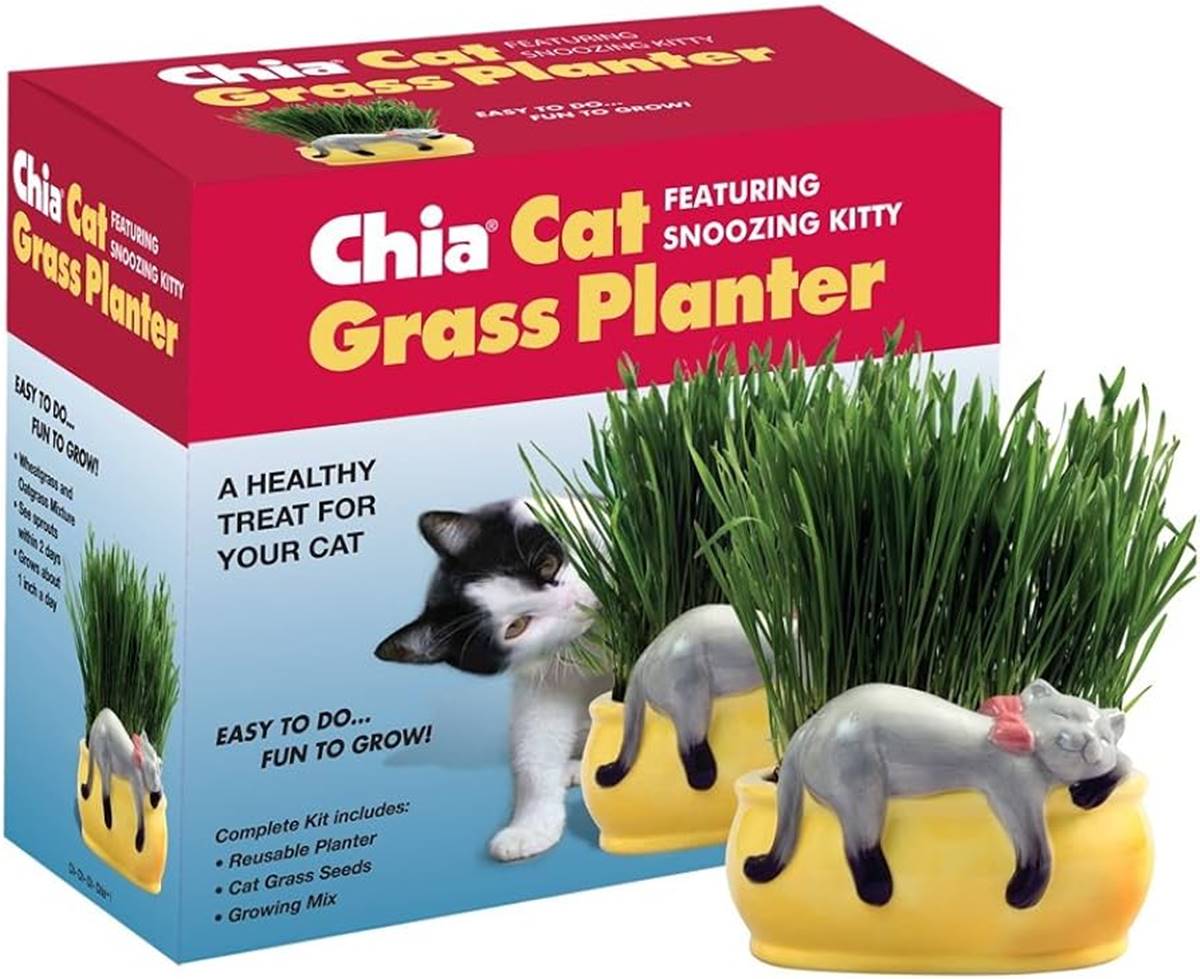
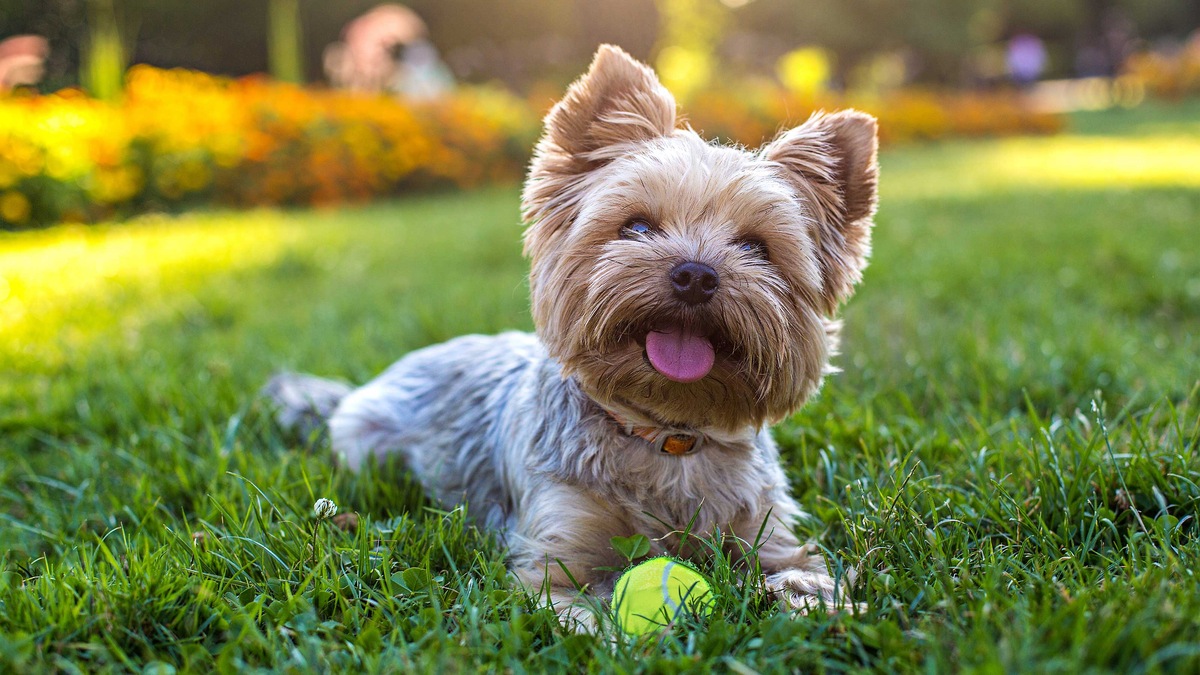
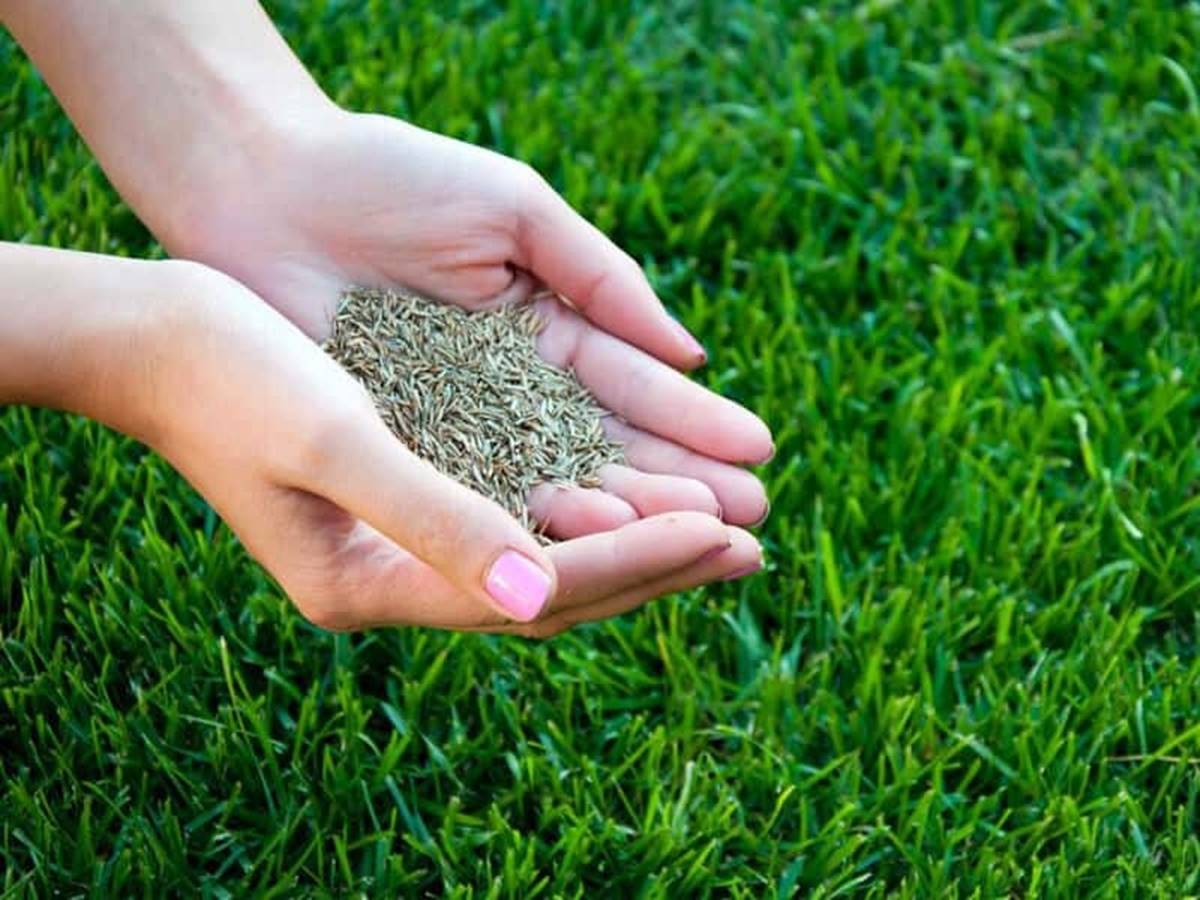
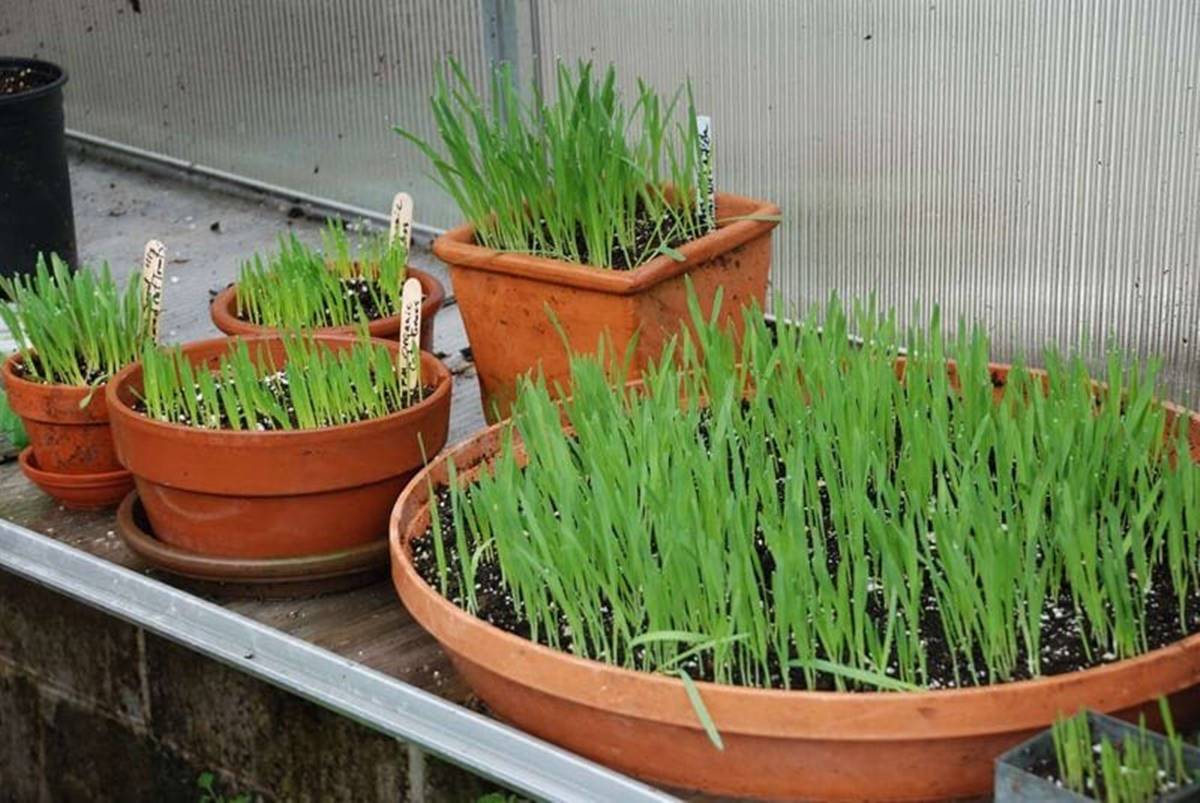
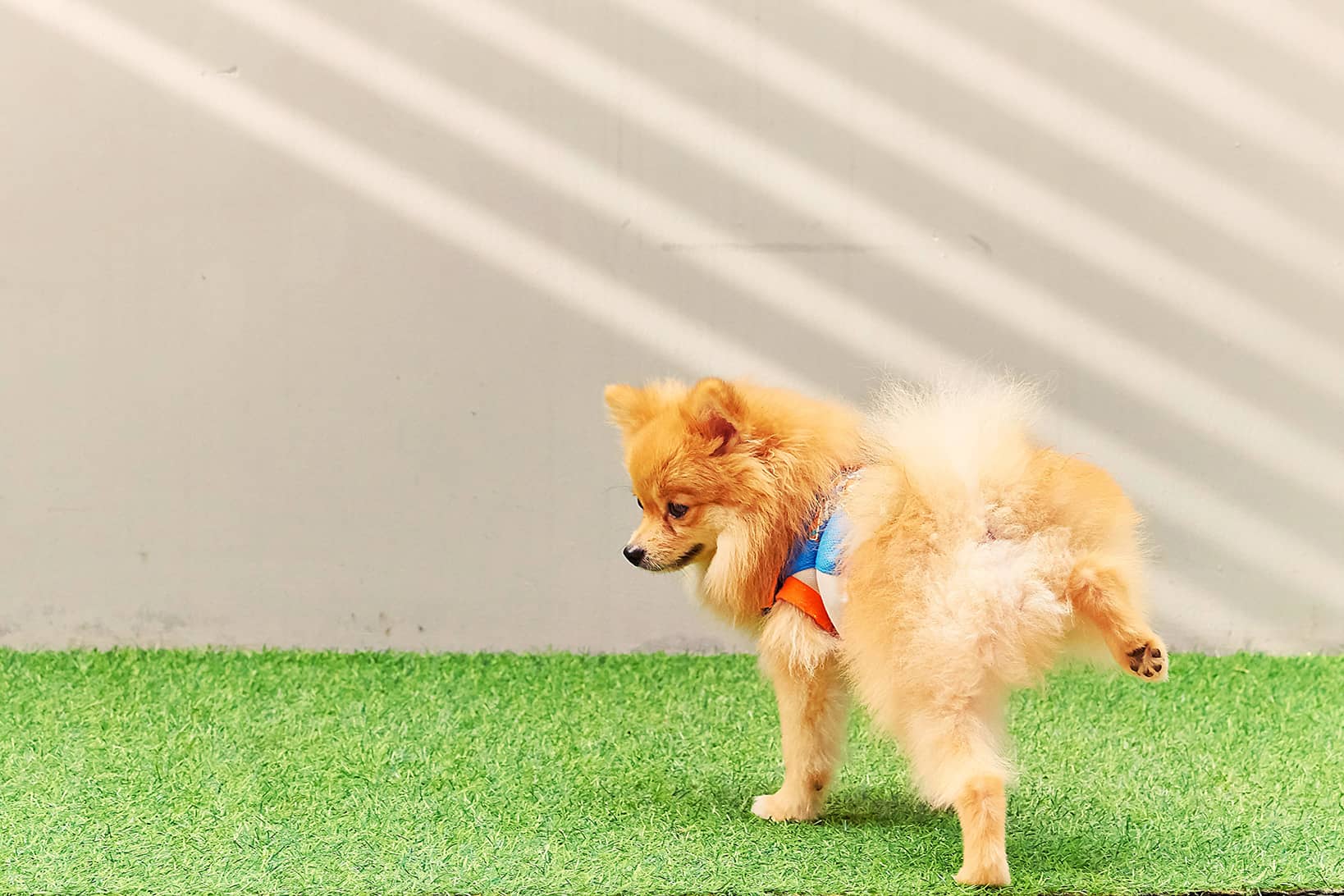
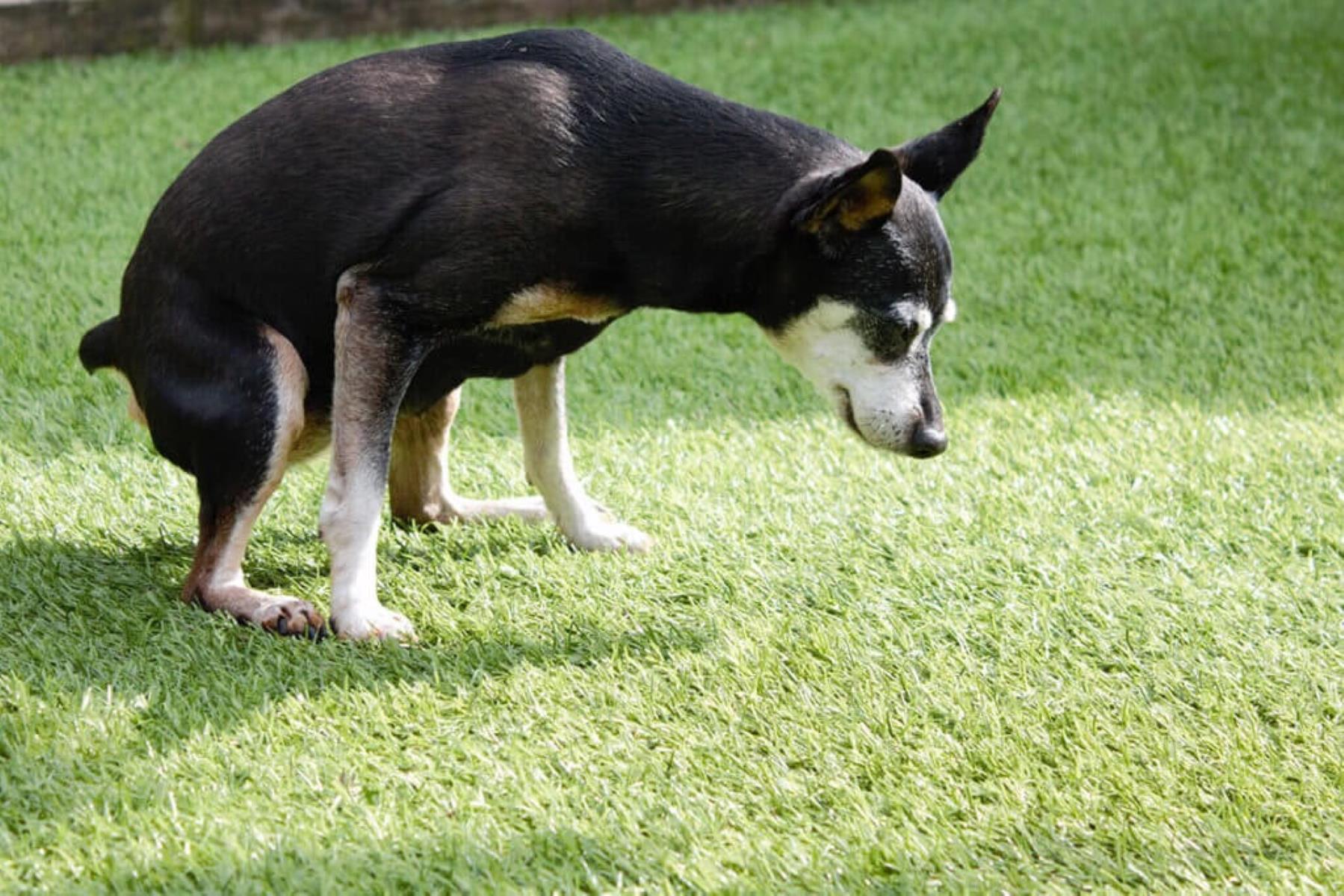
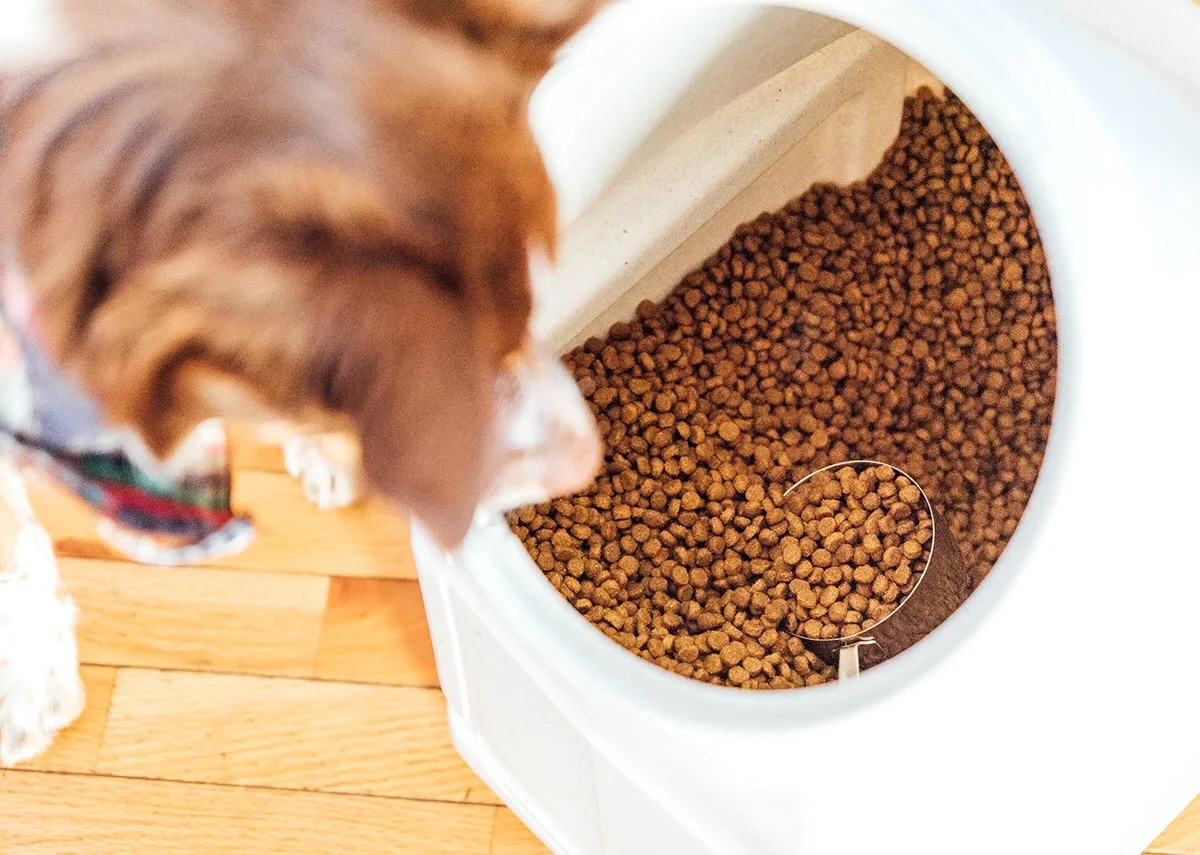

0 thoughts on “How To Care For Pet Grass”